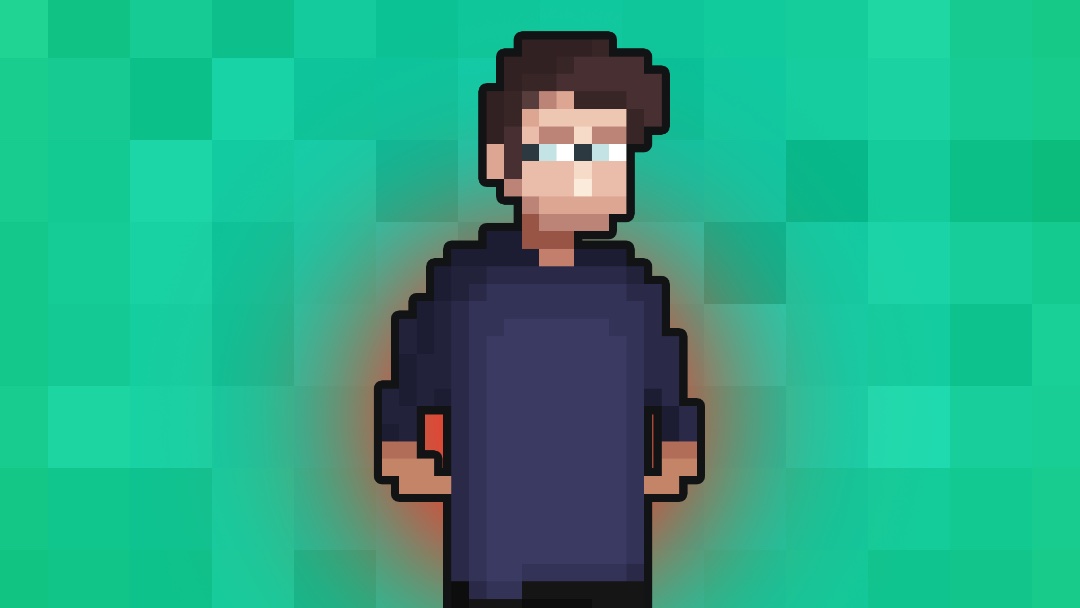- 📖 Geeky Medics OSCE Book
- ⚡ Geeky Medics Bundles
- ✨ 1300+ OSCE Stations
- ✅ OSCE Checklist PDF Booklet
- 🧠 UKMLA AKT Question Bank
- 💊 PSA Question Bank
- 💉 Clinical Skills App
- 🗂️ Flashcard Collections | OSCE, Medicine, Surgery, Anatomy
- 💬 SCA Cases for MRCGP
To be the first to know about our latest videos subscribe to our YouTube channel 🙌
This slump test OSCE guide provides a clear step-by-step approach to performing the slump test for lumbar nerve root irritation.
Background
The slump test is a neural tension test to aid in the diagnosis of radicular pain or radiculopathy originating from the lumbar spine:
- Radicular pain is caused by nerve root irritation, typically causing sharp, stabbing, or shooting-type pains along the course of the nerve
- Radiculopathy is also caused by nerve root irritation, although this term encompasses pain and altered sensation, including numbness and ‘pins and needles’
Radicular pain and radiculopathy have similar causes. A nerve root may be subjected to mechanical (e.g. prolapsed disc or direct trauma) or chemical (e.g. injury-induced inflammation) irritation.
The slump test can be used when a patient complains of lower back pain accompanied by neural symptoms, typically felt within the buttock and lower limbs, either unilaterally or bilaterally.
The slump test is designed to reproduce the patient’s symptoms by stretching the irritated nerve root. This is accomplished through combined movements of the spine and lower limbs.
While the slump test may aid in diagnosing radicular pain or radiculopathy, it is not a standalone tool. A thorough history and examination are necessary to establish a diagnosis and the underlying cause of symptoms.
Before conducting the test, it is essential to exclude symptoms of cauda equina syndrome and other red flags that may indicate a serious pathology, such as infection or malignancy. For more information, see the Geeky Medics guide to back pain history taking.
Introduction
Wash your hands and don PPE if appropriate.
Introduce yourself to the patient, including your name and role.
Confirm the patient’s name and date of birth.
Briefly explain what the examination will involve using patient-friendly language.
- Explain the test aims to reproduce their symptoms, and they should inform you when their symptoms (e.g. pain, paresthesia) occur
- Explain you can stop the test at any time
Gain consent to proceed with the examination.
Position the patient sitting upright towards the edge of the examination couch, ensuring that the couch is elevated so the patient’s feet are suspended from the floor.
Ask the patient if they have any pain before proceeding with the clinical examination.
Perform the slump test
1. Ask the patient to clasp their hands together behind their lower back, then lower their chin down to their chest and slump forwards, allowing the spine to flex as far as comfort allows (“lower your chin down to your chest and allow yourself to slump forwards”)
2. Ask the patient to keep their spine in that position and slowly extend their knee on the affected side (“straighten your leg and let me know if your symptoms occur”)
- Ensure the patient’s spine remains in a fixed position once they begin to move the lower limbs. Further flexion or extension of the spine during these movements can either increase or reduce tension within the lumbar nerve roots and obscure the test results.
3. If this does not reproduce symptoms, ask the patient to slowly dorsiflex their ankle (“keeping your knee straight, point your toes up towards your chest”)
4. When symptoms are first reproduced, stop the test, and document your findings accordingly (e.g. “sharp pain felt in the posterior thigh at -20° of knee extension”)
If the patient cannot perform the lower limb movements actively, you may do so passively by guiding the knee into extension and the ankle into dorsiflexion. Pay attention to the patient’s facial expressions and ensure not to exceed the point of discomfort.
The slump test can also be performed in a reverse sequence by moving the knee into extension and the ankle into dorsiflexion, then asking the patient to tuck their chin down to their chest and flex their spine.
Interpretation of findings
A positive slump test is when pain is reproduced.
A negative slump test is when pain is not reproduced.
To confirm whether the test is positive, ask the patient to extend their spine at the first point of symptoms slowly. If this alleviates their pain, this further confirms that the test is positive since extending the spine reduces tension within the lumbar nerve roots.
Remember that an increased stretch sensation does not indicate the test is positive unless symptoms are reproduced.
To complete the examination…
Explain to the patient that the examination is now finished.
Thank the patient for their time.
Dispose of PPE appropriately and wash your hands.
Summarise your findings.
Reviewer
Dr Richard Armitage
General Practitioner
References
- Jensen RK, Kongsted A, Kjaer P, Koes B. Diagnosis and treatment of sciatica. BMJ. 2019;367:l6273.
- Manchikanti L, Hirsch JA. Clinical management of radicular pain. Expert Review of Neurotherapeutics. 2015;15(6):681-693.
- NICE CKS. Sciatica (lumbar radiculopathy). Published February 2022. Available from: [LINK]




